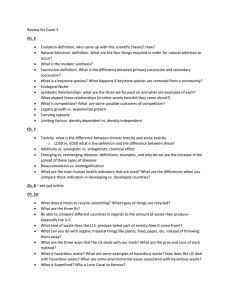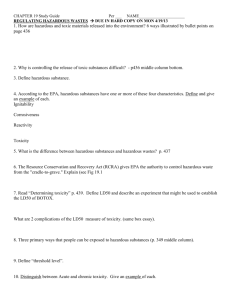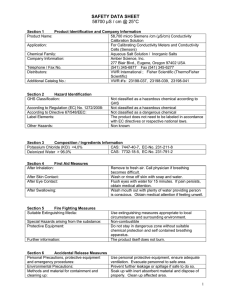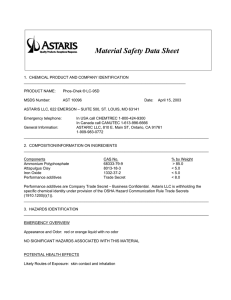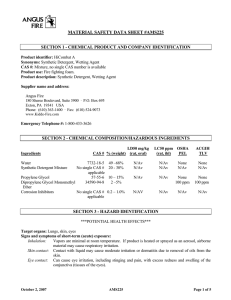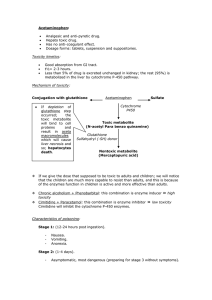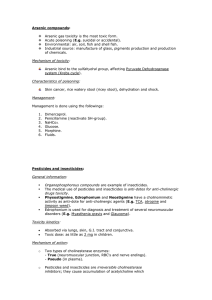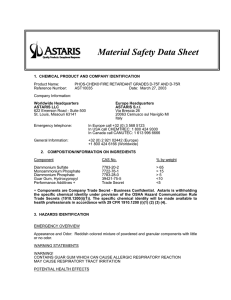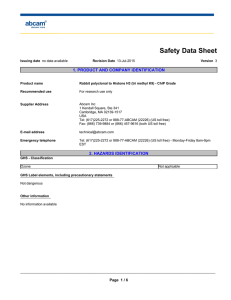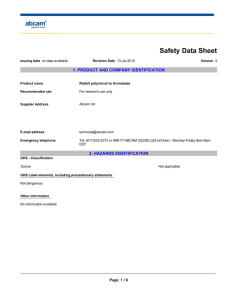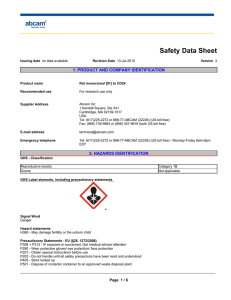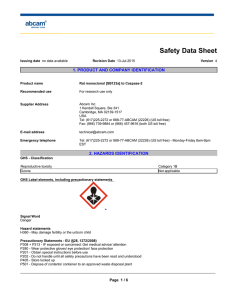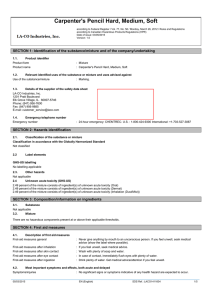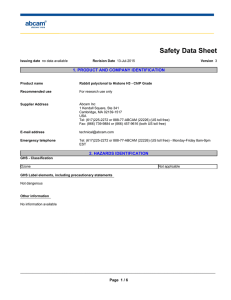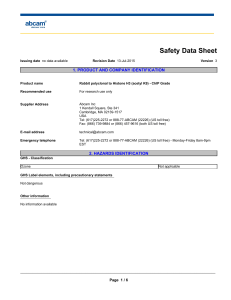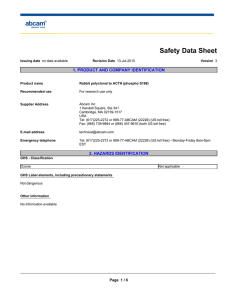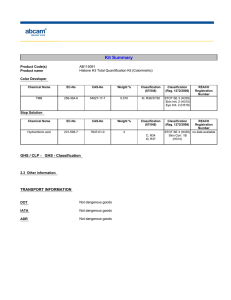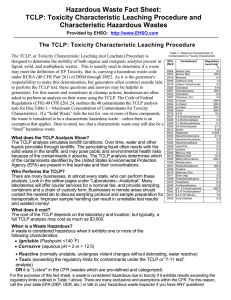This work is licensed under a . Your use of this
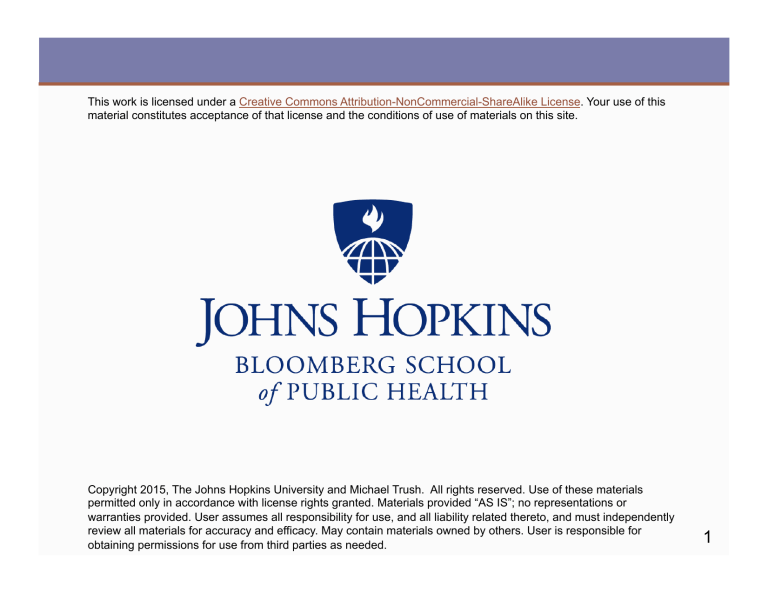
This work is licensed under a Creative Commons Attribution-NonCommercial-ShareAlike License . Your use of this material constitutes acceptance of that license and the conditions of use of materials on this site.
Copyright 2015, The Johns Hopkins University and Michael Trush. All rights reserved. Use of these materials permitted only in accordance with license rights granted. Materials provided “AS IS”; no representations or warranties provided. User assumes all responsibility for use, and all liability related thereto, and must independently review all materials for accuracy and efficacy. May contain materials owned by others. User is responsible for obtaining permissions for use from third parties as needed.
1
Toxicity Testing, Dose Response, and Risk Assessment
James D. Yager, PhD
Johns Hopkins University
Section A
Introduction to Risk Assessment
!
The material in this video is subject to the copyright of the owners of the material and is being provided for educational purposes under rules of fair use for registered students in this course only. No additional copies of the copyrighted work may be made or distributed.
Organization of this Lecture
!
Section A: introduction to risk assessment and elements of the risk assessment process
!
Section B: toxicity assessment (testing)
!
Section C: in vivo tests or bioassays
!
Section D: in vitro tests: genotoxicity
!
Section E: in vitro tests: cellular toxicity
!
Dose-response relationships
!
Application of testing and dose-response to risk assessment
4
“Hazardous to my Health”
“Another day—another chance something will be found hazardous to my health.”
5
The Toxicological Paradigm
6
National Geographic: October, 2006
Source: David Ewing Duncan. (October, 2006). “The Pollution Within.” National Geographic.
7
U.S. Agencies for Toxic Chemical Regulation
Agency Legislation
FDA
EPA
Federal Food, Drug, and Cosmetic Act
Federal Insecticide, Fungicide, and
Rodenticide Act; Clean Air Act; Safe
Drinking Water Act and 1996 Amendment;
Food Qual. Protection Act 1996; Toxic
Substances Control Act; Superfund
Amendments and Reauthorization
OSHA Occupational Safety and Health Act;
CPSC
DOT
Federal Hazardous Substance Act
Consumer Product Safety Act
Hazardous Materials Transportation Act
Covers
Drugs; food additives; food contact substance; coloring
(no carcinogens)
Air and water pollutants; contaminated sites; environmental estrogens/endocrine disruptors; pesticides; toxic substances
Occupational exposure
Consumer products
Shipping hazardous materials
Source: adapted by CTLT from: NRC/NAS, Toxicity Testing for Assessment of Environmental Agents, 2006
8
What Is Risk Assessment?
!
Risk assessment is a characterization of the probability of potentially adverse health effects from human exposures to environmental hazards
9
Risk Assessment Process
10
Risk Assessment Process
11
Risk Assessment Process
!
Exposure assessment (what, who, how, extent)
What exposure(s) were/are/anticipated to occur?
!
Chemicals/agents
Who is exposed? Identify exposed populations
!
Age (adults, children, elderly), gender, lifestyle, genetic susceptibilities
How: identify routes of exposure
Extent: estimate degree of exposure
12
What, Who, How, Extent
13
